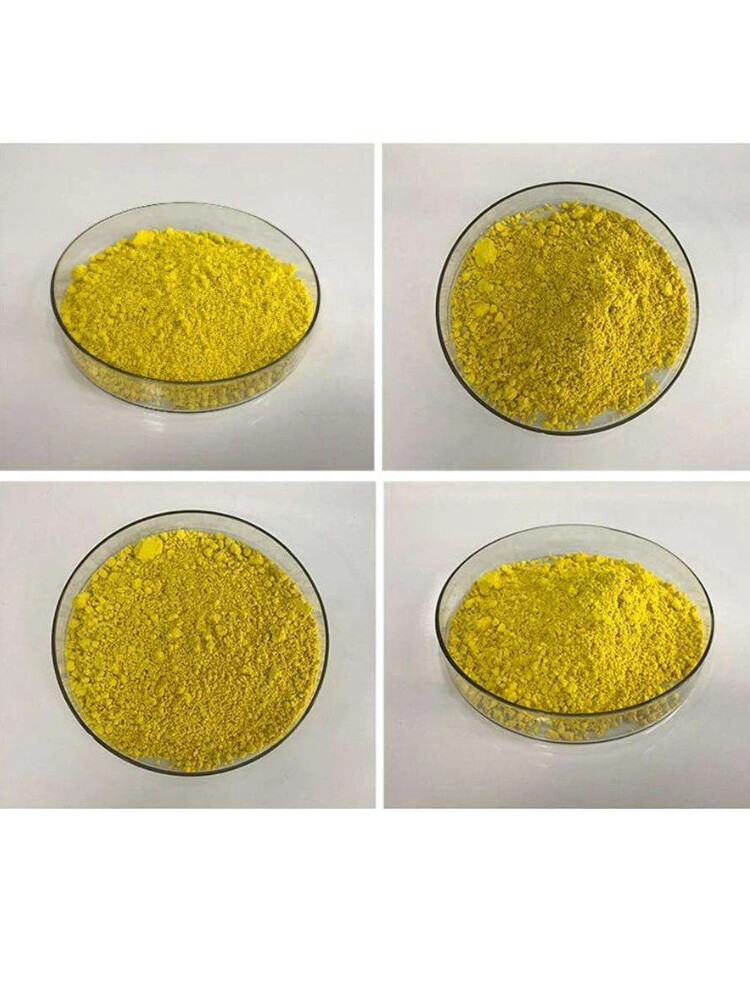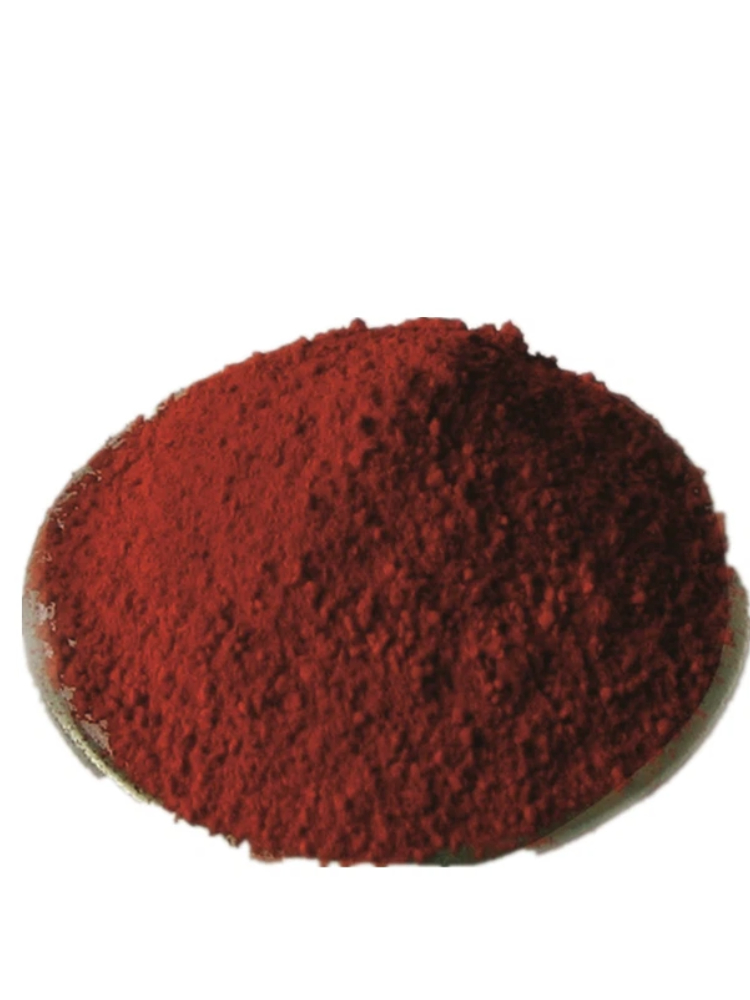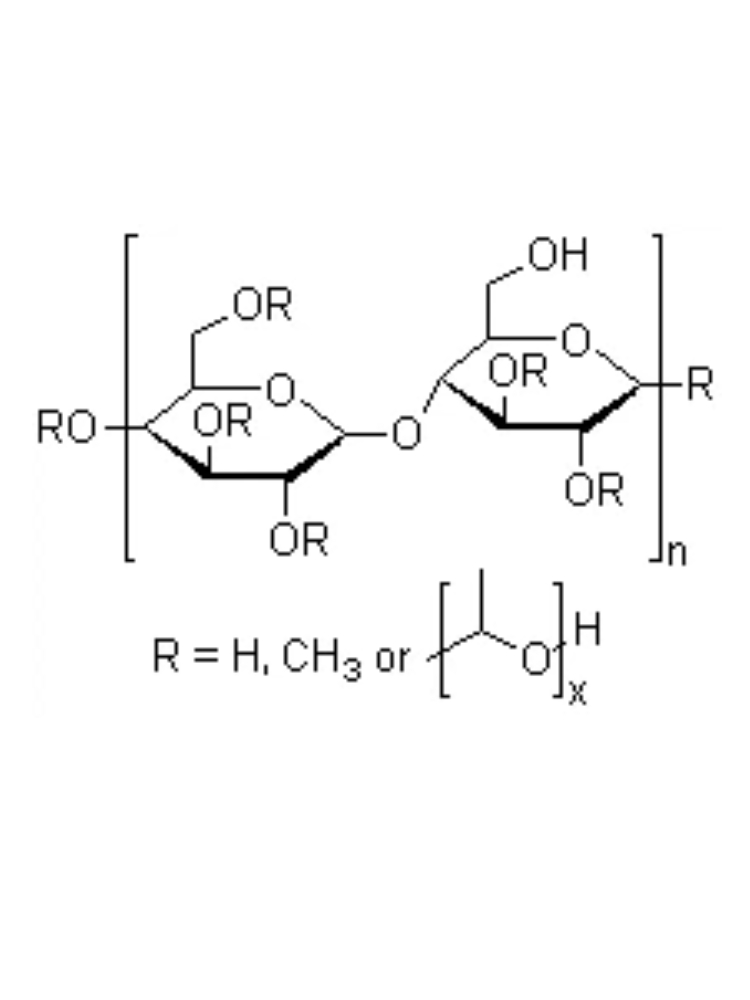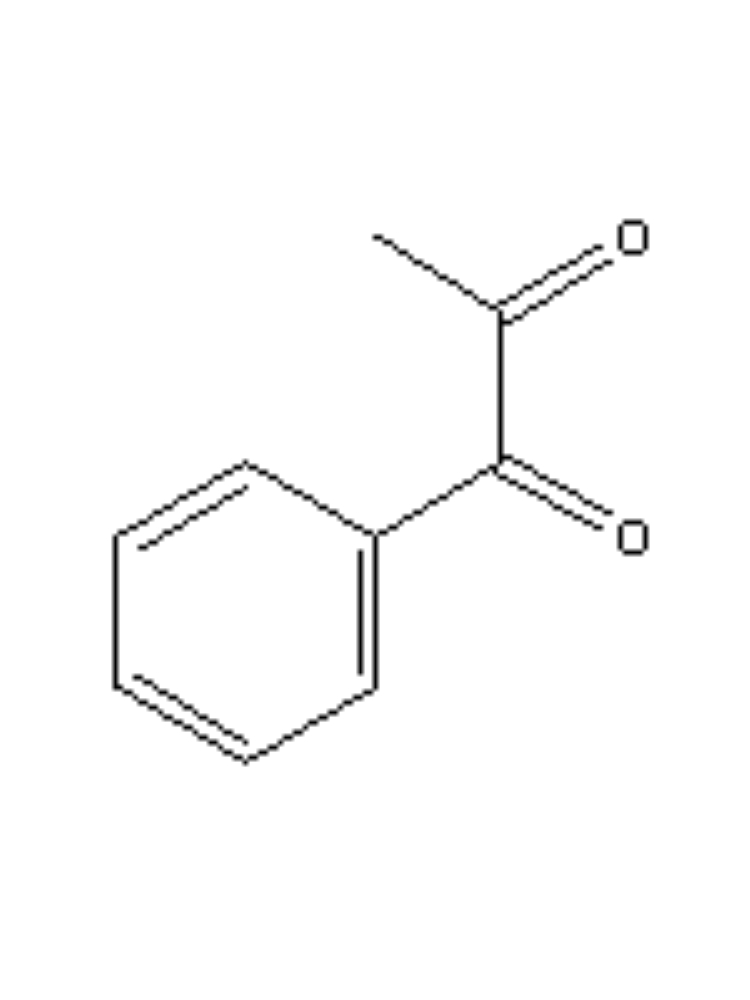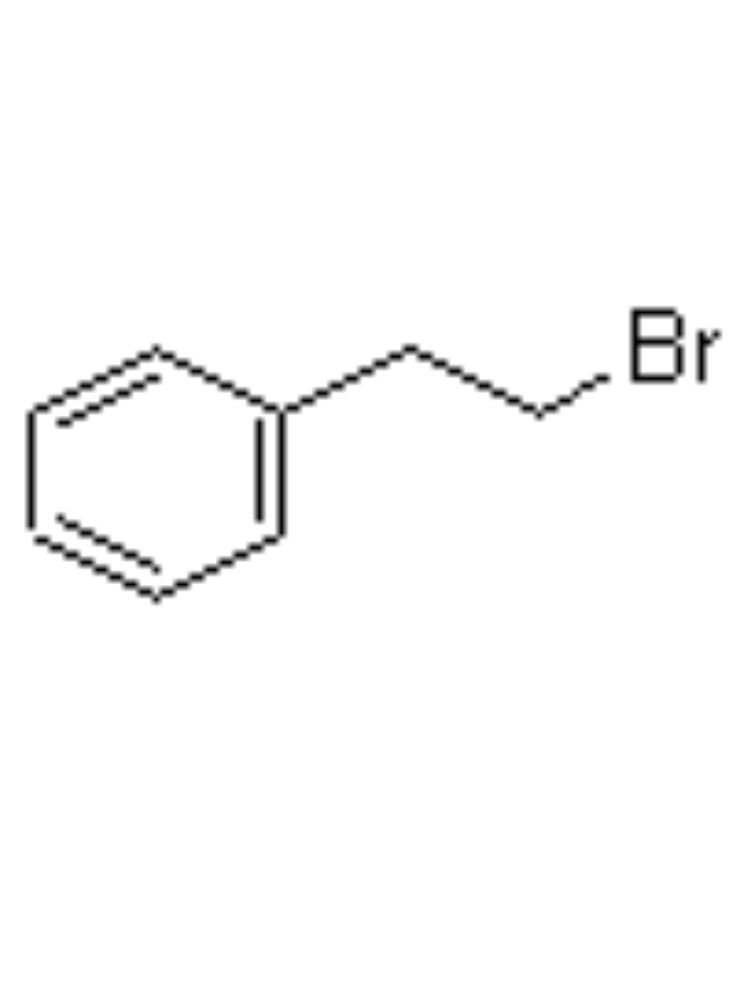| Physical and chemical properties | A colorless, oily, flammable liquid with a strong odor. Melting point: -6.3℃, boiling point: 184℃, 68.3℃ (1.33kPa), relative density: 1.0217 (20/4℃), refractive index: 1.5863, flash point (open cup): 70℃, autoignition point: 770℃. It gradually turns brown when exposed to air or light. It is volatile with water vapor. Aniline is miscible with ethanol, ether, chloroform, and many other organic solvents. The solubility of aniline in water (by weight) is 3.7% at 30℃, 4.2% at 50℃, and 8.0% at 110℃. It is alkaline and reacts with hydrochloric acid to form hydrochloride and with sulfuric acid to form sulfate. |
| Product Uses | Aniline is an important intermediate. There are over 300 major products derived from aniline. There are approximately 80 aniline producers worldwide, with a total annual production capacity exceeding 2.7 million tons per year and an output of about 2.3 million tons. The main consumption sector is MDI, which accounted for approximately 84% of total aniline consumption in 2000. Aniline is primarily used in the MDI, dye, rubber additives, pharmaceuticals, pesticides, and organic intermediate industries. |




